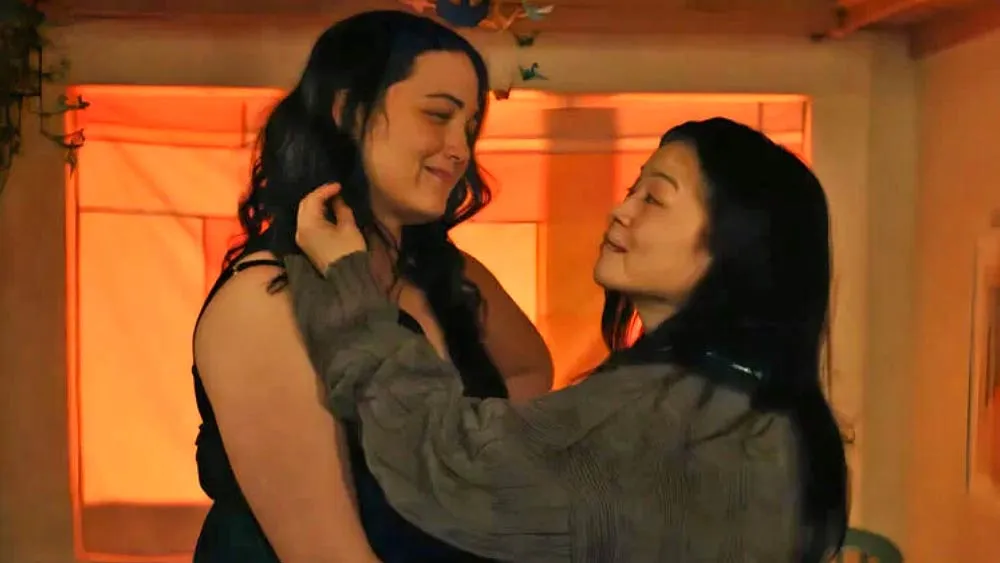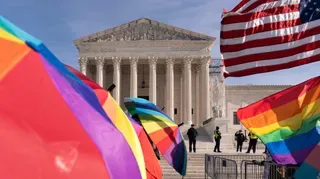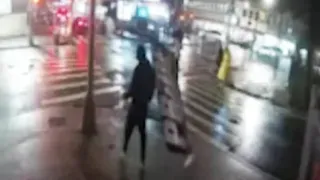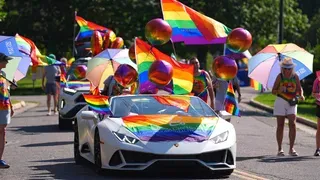September 14, 2010
Gay student suicides underscore problem of LGBT bullying
Joseph Erbentraut READ TIME: 4 MIN.
As one Minnesota school district continues to mourn the suicides of three LGBT students within the last year, another gay teenager some 600 miles away killed himself.
Billy Lucas, 15, took his own life inside his family's barn in Greenburg, Ind., on Sept. 9. His and the other suicides point not only to bullying as a lingering issue facing many LGBT youth, but also to a culture that continues to condone anti-gay harassment and discrimination in schools across the country.
In the Anoka-Hennepin district, the largest in Minnesota, the death of 15-year-old Justin Aaberg on July 9 launched area activists into action. The district had already suffered the tragedies of two other suicides of LGBT youth within the year on the heels of a widely publicized case where two teachers conspired to harass a student who they thought was gay. Many activists feel the district should be doing more to trump up anti-bullying policies and train staff on how to address LGBT issues with they arise in the classroom.
In response to criticism, Brett Johnson, spokesperson of the Anoka-Hennepin district, issued a statement outlining steps it already taken to protect the safety of LGBT youth in their schools. Johnson said the district has worked the Gay, Lesbian and Straight Education Network and other groups in adding LGBT themes to its anti-bullying training videos and sending key staff to attend training sessions on LGBT issues.
But Peter Gokey, spokesperson for the Gay Equity Team, a group that formed after the teacher harassment case last year, told EDGE those steps are not enough. Gokey took particular issue with the district's adherence to a "neutrality policy" on how school staff can speak of LGBT topics in the classroom. He said the policy leaves staff feeling confused on how to address gay issues when they come up, even within the context of bullying. Such a policy, Gokey said, contributes to LGBT youth feeling invisible.
"The neutrality policy erases homosexuality from existence, which is a real problem. It's not how multicultural education is done and makes gay kids feel not worthy enough to be addressed in curriculum," Gokey told EDGE.
Gokey further argued the district's claims of action misrepresent the reality facing LGBT students in Anoka-Hennepin schools. According to Gokey, the district's bullying policies do not explicitly protect students on the basis of their sexual orientation or gender identity and other policies on parental notification also need an update.
"Some of the efforts the district has made recently have been welcome improvements, but this really just scratches the surface of what needs to be done," added Gokey, a former teacher in the district. "How many kids need to die before these policies get yanked away? We're behind the times and we've got to drag this district into the current millennium."
Working with the local activists in the Anoka-Hennepin district are GLSEN, the Trevor Project and a number of other national groups. Phil Duran, staff attorney for OutFront Minnesota, also confirmed to EDGE his group is in conversation with activists in the district as they plan a new response to the response that will likely be more forceful.
Sobering statistics
The controversy surrounding the recent suicides in Minnesota and Indiana coincide with the release of GLSEN's biennial National School Climate Survey, which paints a sobering picture of LGBT students' safety nationwide. The survey of more than 7,000 students reported nearly nine out of 10 respondents experienced some form of harassment. Specifically, 61 percent of students felt unsafe at school due to their sexual orientation-nearly 40 percent of respondents felt the same way due to their gender expression. More than 84 percent of students were verbally harassed and nearly 19 percent of respondents reported being physically assaulted because of their sexual orientation.
The numbers mark a slight improvement over the 10 years since the organization first began collecting the data but, according to Dr. Joseph Kosciw, senior director of research and strategic initiatives for GLSEN, "it is still the minority of LGBT students who report having sufficient support in school."
And a lack of support in school-particularly when it is lacking from other sources-can have tragic results. Charles Robbins, executive director and CEO of The Trevor Project, an LGBT suicide prevention-focused organization, said the fall is often a particularly difficult time for gay and questioning youth heading back to school. He sees a marked spike in calls to their phone line. Robbins, too, sees a dire need for strong anti-bullying policies and legislation, as well as staff being trained to meet policy expectations.
"School districts will point to an anti-bullying policy and that's all well and terrific, but the reality is that lives are still being taken away," Robbins told EDGE. "This is more than just policy; education has to occur. Bullying students have to realize their words and behavior can have fatal consequences."
Only 11 states offer policies on harassment and bullying in schools that are fully inclusive of LGBT students. And neither Minnesota nor Indiana are among them.
The federal Safe Schools Improvement Act, introduced in the U.S. Senate earlier this year, has yet to gain much traction and Focus on the Family and other groups have criticized it for undermining parental rights and promoting LGBT activists' agenda in the classroom.
Joseph covers news, arts and entertainment and lives in Chicago. He is the assistant Chicago editor for The Huffington Post. Log on to www.joe-erbentraut.com to read more of his work.






